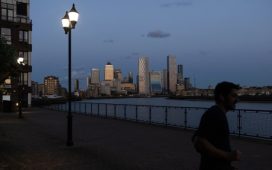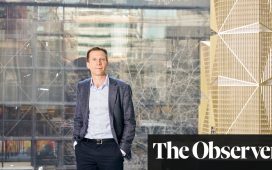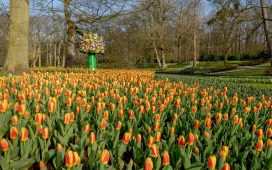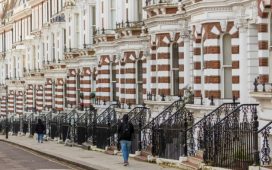
As told to Alyn Griffiths
Building forever homes — David Montalba

Currently, I see a lot of homeowners in the luxury market not wanting to sell or, if they are purchasing, wanting a new ground-up home instead of a large renovation. People want their forever home rather than something temporary.
In the past, I found residential features seeping into hospitality. Now, I’m seeing the inverse with more of our high-end residential clients wanting their homes, and particularly the primary suite, to feel like their favourite hotel. Our clients are looking for a sanctuary within the home that offers a place to pause, and to integrate more wellness elements into the design.
I look for ways to meet clients’ needs through design choices within the home, using thoughtfully selected materials, for example, which carry a sense of place and energy that can help bring this aspirational vision to life.
David Montalba is the founding principal of Montalba Architects
Working with what we have — Natasha Huq

I work a lot in conservation, championing natural materials and traditional craft techniques, and I’m starting to see this knowledge being applied much more broadly. The idea that you can use a conservation approach in a contemporary way is incredibly exciting.
Using tried and tested techniques and incorporating salvaged and/or natural materials (which often have an interesting story behind them), for example, can help to make a building engaging, and therefore much more likely to be cherished and protected. Plus taking such a long-term view has social, environmental and economic benefits.
It’s important for architects to work with whatever’s already available. Conservation, retrofitting and adaptive re-use are essential to make use of the embodied carbon — the carbon emissions released during manufacture of building elements and construction — in existing buildings. It might sound like a cliché to say that the greenest building is the one that already exists, but it’s true.
Natasha Huq is an associate and conservation architect at GRAS
A human touch — Tom Kundig

Recently, I’ve seen an increased focus on using technology to speed up the architectural process, but the result can be a loss of the human touch — the soul of design. When used appropriately, technology can help us deliver buildings efficiently, but there needs to be a balance between efficiency and the final finish of the human hand.
Home is the place where you particularly want to feel that human touch — it’s the most intimate and protected space. Art, craft and making all contribute subtle nuances that embody the time, place and humanity of their creation. This is especially important when it comes to tactile features — what I describe as the “handshake” of the building — which have a big impact on the user experience.
A key trend over the next year will be transitional design, as developers look to make use of the surplus of existing empty office buildings. Residential is only one idea — there might be a mix of office, storage, hotel, residential and other programme spaces — and I think we’ll see a lot of interest in rethinking and reinventing big urban towers.
Tom Kundig is the founding principal of Olson Kundig Architects
Living smaller — Mary Arnold-Forster
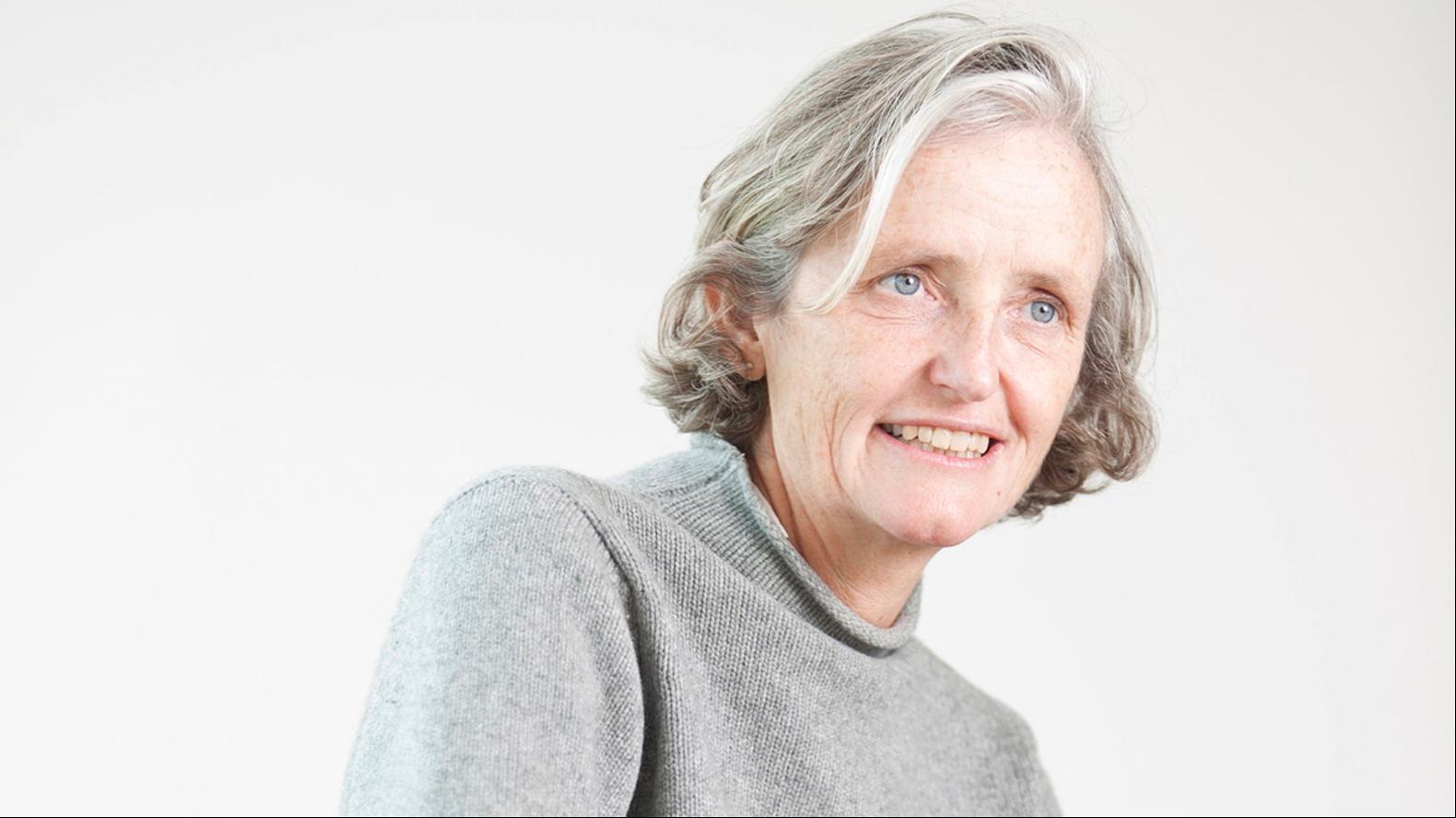
I spend a lot of time trying to encourage people to live in smaller houses. We should be building houses that are the right size, which I see as part of a wider trend within society towards living smaller lives. We need to travel less — or at least travel less by car or plane, and more by foot or bike — and to consume less, buy less and eat more locally produced food.
In places like the Scottish Highlands where I work (main image above), I hope that we’ll see a trend towards creating houses that tread lightly on the precious landscapes here. We need to employ a fabric-first approach to architecture, using local materials to create buildings that perform well from a technical and sustainable standpoint. Materials such as mass timber and insulation made from hemp or sisal are becoming more viable and hopefully will become more widely adopted in the coming years.
Mary Arnold-Forster is the founder of Mary Arnold-Forster Architects
Photography: David Barbour; Murray Orr; Montalba Architects; Elizabeth Rudge


